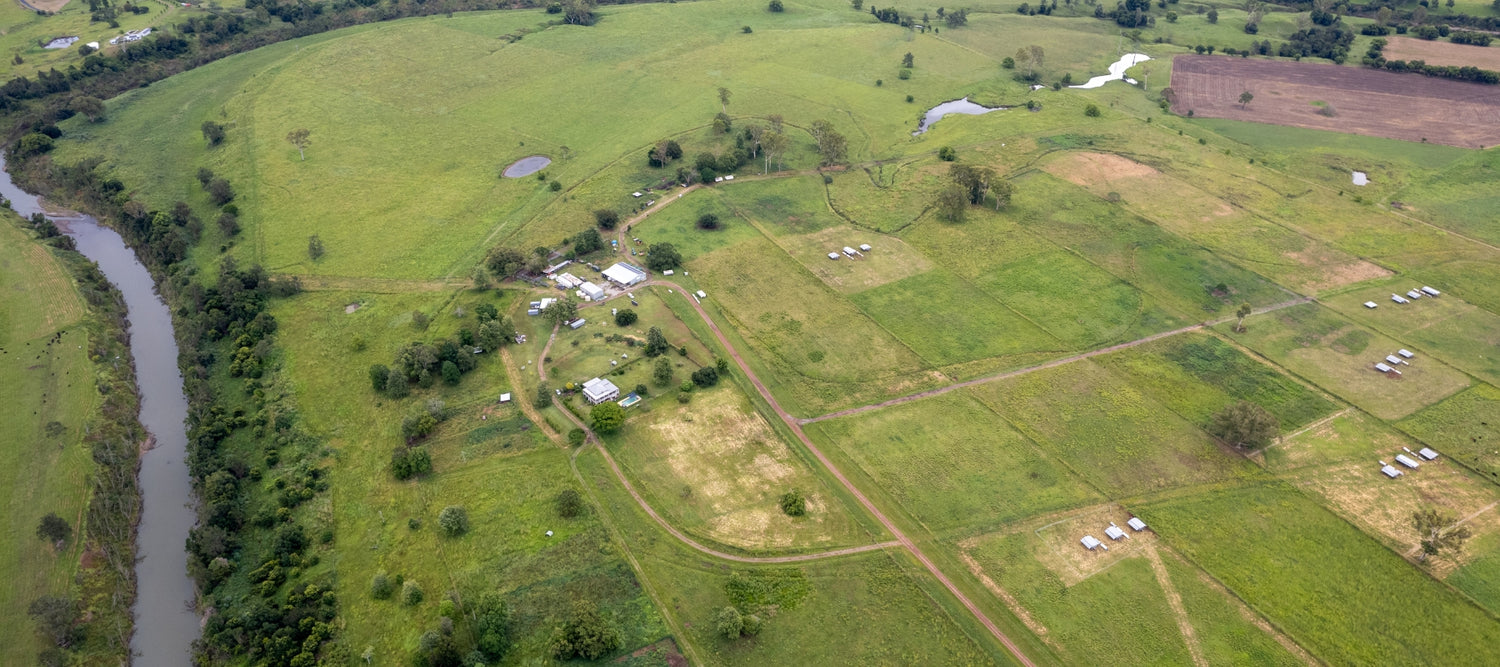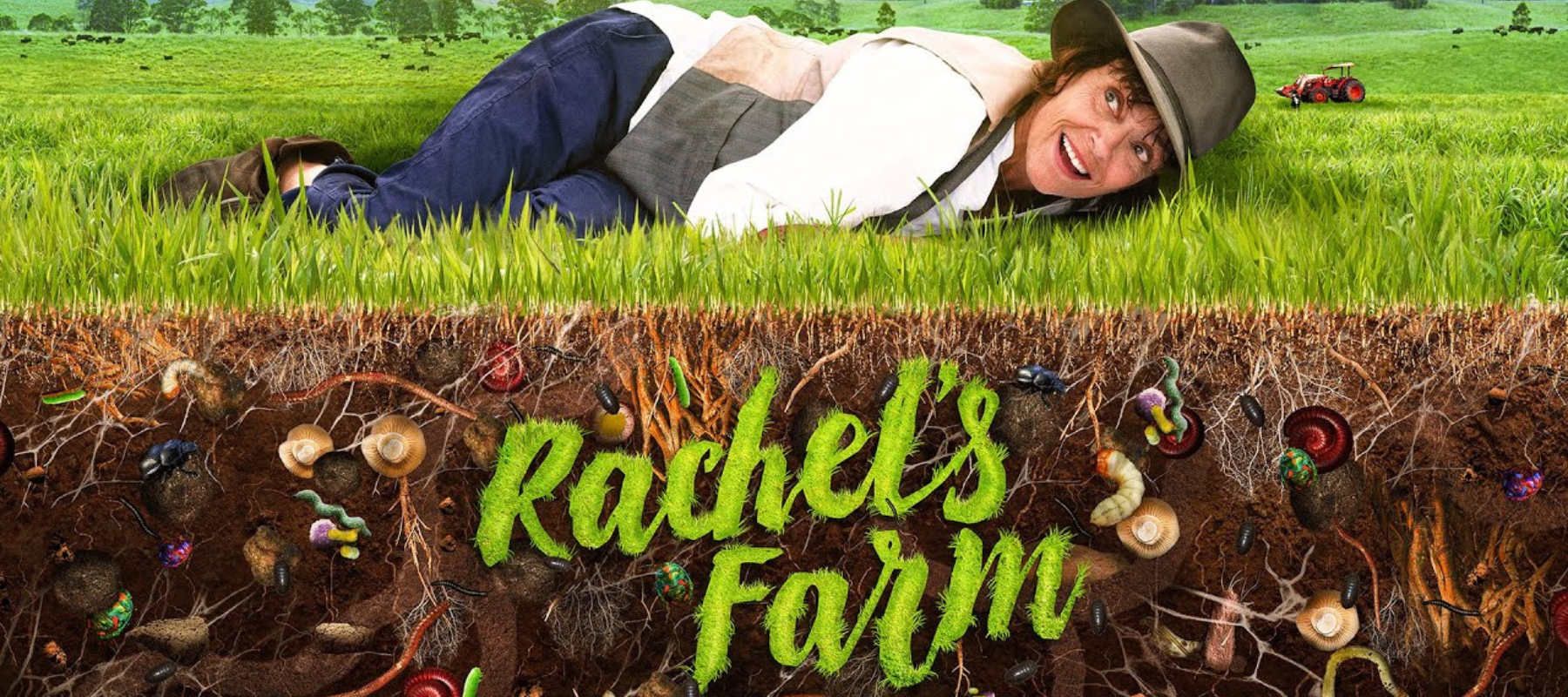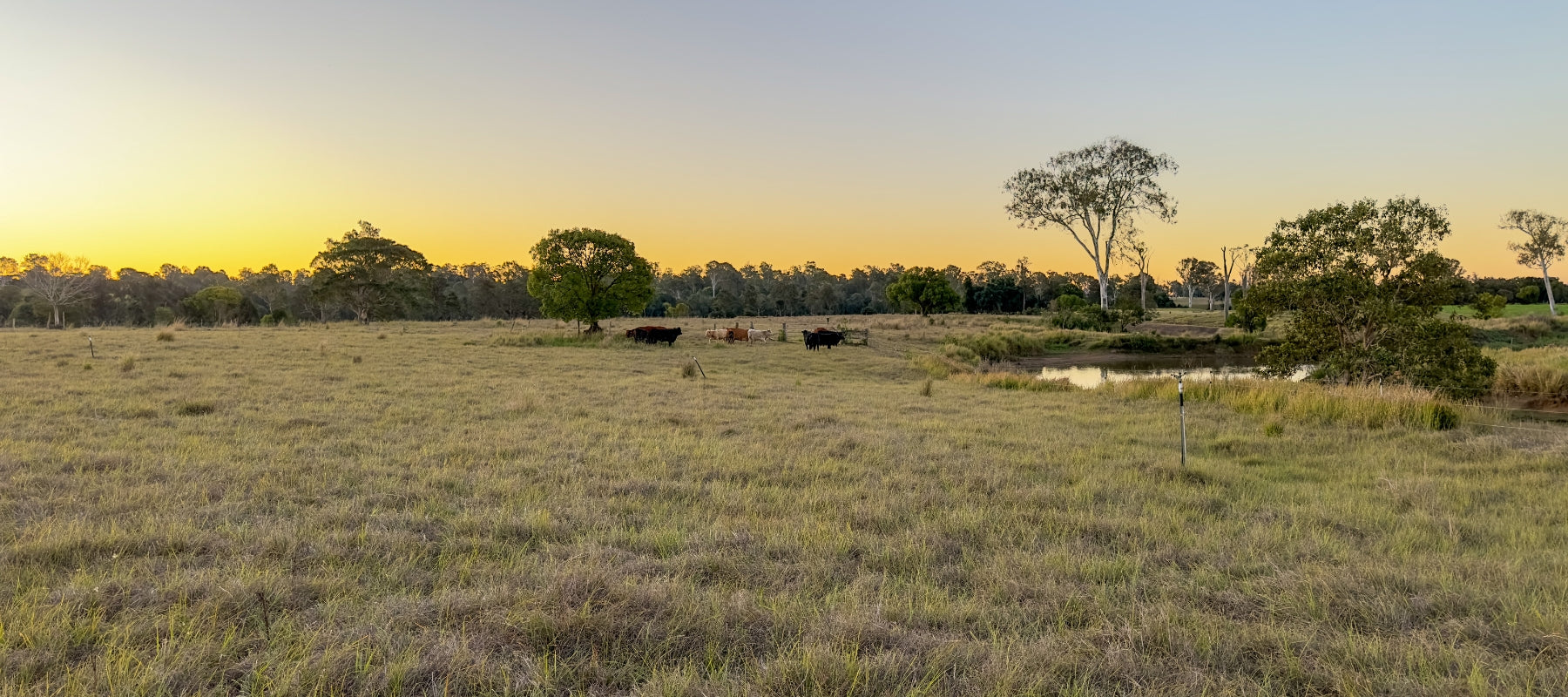Having spent many years struggling to get the regenerative farming message heard, it is heartening to see that the interest in regenerative agriculture is growing, with it becoming a much more common term. The tide is turning, and we find this very exciting. Suddenly ‘regen’ is a buzzword!
Our family has been committed to regenerative farming for three generations. To us, it is about building the landscape, increasing natural capital, and restoring the natural patterns and processes on our farm. It is about working with the landscape, not against it. Our regenerative farming approach is built around the principles of Natural Sequence Farming (NSF). We want to make the most of the energy we receive from the sun and manage the energy of gravity, which takes everything away. We do this by focusing on always having a diversity of green, growing plants. Plants slow this process and are the key to everything that happens at Forage Farms.
Understanding your natural capital
Carbon, water, soil, plants, and the energy produced by sunlight are the super ingredients that make up natural capital. Gravity also influences natural capital balance. Think about it this way. With financial capital, when we spend too much, we end up in debt. Left unmanaged, it can result in bankruptcy. A similar principle applies to natural capital. If we keep drawing down on our stocks of natural capital without allowing or encouraging nature to recover, we run the risk of ruining our ecosystem. This is the system that feeds the world. Without it, we will starve.
Building the landscape
Our goal is always to improve the landscape and restore its natural functions. By building the landscape rather than just taking from it we can produce healthy food and healthy animals.
Natural Sequence Farming
We implement this model at Forage Farms by setting up three areas. These include:
The accumulation area
The highest point of our property is where we keep the chickens and pigs because they are so good at depositing the good stuff back into the soil. It’s where you want the fertility to accumulate, which gets lost due to gravity. We also use contours to prevent nutrients from being easily lost down the landscape.
The production area
This is the part of the farm where most animals run, but in our case, it is mostly our cattle, as the chickens and pigs are based in the accumulation area. This part of a property is where most of the production occurs; it is fed fertility by the accumulation area and allows for increased production as a result.
The filtration area
In most Australian landscapes, you will find this on the flood plains and wetlands. In our case, we have the Mary River, which does not function. To account for that, we have built some wetland areas, but they are yet to properly fill, so Forage Farms is a constant work in progress. Contours also assist in the filtration process, and if you unroll hay below them, it will slow the water flow and, as it breaks down, provide nutrients for the plants to grow. Then you can cut the plants and bring them up to higher ground, and the cycle continues - with fertility in a constant loop moving around a landscape.

There are five pillars of NSF which create an easy-to-follow set of instructions on how to implement NSF. They include ‘slow the flow’, ‘let all plants grow’, ‘careful where the animals go’, ‘filtration is a must know’, and ‘return to the top and recycle the lot’. If you are interested in learning how you can implement this on a small or large scale, you can also sign up for a course with Tarwyn Park Training.

On top of NSF, we practice time-controlled grazing with all our livestock ensuring they are being constantly rotated around our pastures with a focus on allowing our plants adequate time to recover before anything is back to graze on them again. We want to use our livestock as a way of cycling the fertility around and, of course, producing a delicious product.
By implementing regenerative farming principles, everyone wins – the landscape, the animals and the consumers who can be confident in the knowledge that they are eating healthy food produced in an ethical way.



